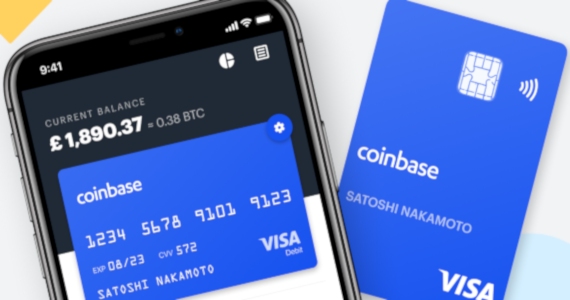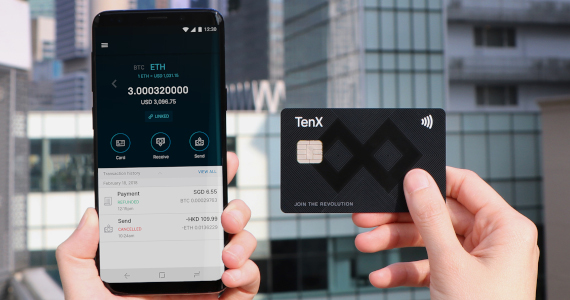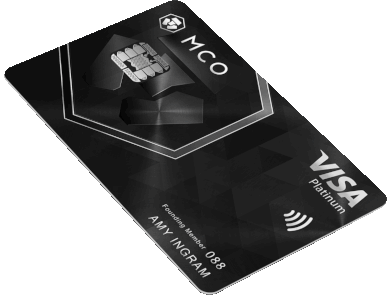An overview of spending (fiat and cryptocurrencies)
If looking to use a cryptocurrency for general everyday use (i.e. food shopping, cafes, car services, etc.), it needs to be safe, easy, convenient and fast to use. Over recent decades, payment with fiat has progressed from physical to electronic means, including but not limited to:
- Coins and notes
- Cheques
- Cards (debit and credit)
- Electronic bank transfer
- Online payment systems, such as PayPal and Stripe
- Electronic payments devices (smartphones such as Apple Pay and Samsung Pay, watches, rings, keyfob, wristband, loop, stickers, etc.)
Spending scenarios
Here we list each scenario where you might want to spend cryptocurrency and the best method to do this.
Where the recipient accepts cryptocurrency
-
Matching cryptocurrency (e.g. Bitcoin to Bitcoin)
- Whether in person or online to purchase goods
- This is done via an alphanumeric code or QR code to identify the recipient’s wallet address
-
Different cryptocurrency (e.g. Ethereum to Bitcoin)
- Whether in person or online to purchase goods
- This cannot be done – needs payment cryptocurrency would first need to be converted to the required cryptocurrency
- Transferwise allows this, by having the user have money in different currency ‘wallets’, which it then uses to pay the recipient
Where the recipient only accepts fiat
-
Online or in person retail (e.g. Amazon or Starbucks)
- Use a debit card, that converts cryptocurrency to fiat
-
Online or in person friend/colleague who doesn’t accept debit cards, but does accept payments to a bank account (e.g. friend or window cleaner)
- Use a cryptocurrency backed debit card to the recipient’s PayPal address (if they have one)
- Use a service such as Bitcoin to bank account allows you transfer Bitcoin to a bank account
- Visit a cryptocurrency to cash ATM (see Coin ATM Radar for locations), then hand them the physical money in person
Debit cards associated to cryptocurrencies
The easiest way to spend cryptocurrency in shops and online is with a VISA or Mastercard backed debit card. With these, you can spend cryptocurrency as you would fiat currency – you can buy a coffee from Starbucks as quickly as you would with a fiat debit card.
There are a several companies offering debit cards. Some of our favourites are:
Coinbase Card
The Coinbase card is a Visa debit card that spends Cryptocurrency (Bitcoin, Ethereum and others) that are stored in your online Coinbase account, instantly.
It charges a 2.5% cryptocurrency liquidation fee on each transaction, plus 0.2% transaction fees for purchases made within the European Economic Area and 3% elsewhere.

In this interview, Coinbase UK CEO Zeeshan Feroz says that the Coinbase debit card makes Crypto 'liquid' like cash (attib: Cheddar):
He argues that it's actually cheaper to use the card (with all of its fees), than it is to liquidate crypto in other ways. He also says that Coinbase is working toward trimming costs as the program scales.
TenX
TenX cards allow you to isntantly spend Bitcoin, Ethereum and Litecoin, which are stored and managed within the TenX mobile app.
The cards are currently available in Singapore, Australia, New Zealand, Hong Kong and Malaysia. Residents from the rest of APAC will be able to order soon. After this, they will focus on delivering to Europe and the USA.
Details of their fees can be found in their FAQ. Note that there is a US$10 annual fee associated with the physical card. These fees will be waived if you spend US$1,000 or more during the year.

MCO (Crypto.com)
MCO (Crypto.com) offer a range of Visa debit cards, with different price-points and rewards, see the table below for details.
The disadvantages are:
- You have to pre-load your card (an extra manual step)
- You can’t store or spend cryptocurrency onto these cards, you can only pre-load them with US Dollars (converted from cryptocurrency stored within crypto.com)
The free (Midnight Blue) card offers 1% cashback on all purchases.
The Ruby Steel card offers 2% cashback and a Spotify Subscription, which is a pretty good deal. For this, you are required to hold 50 MCO on an ongoing basis.
The Royal Indigo and Jade Green cards offer 3% cashback with Spotify and Netflix subscriptions. For this, you are required to hold 500 MCO on an ongoing basis. This may also be worth considering if you spend a lot of money each month.
If you choose to withdraw your MCO holdings, you can keep the card, but most of the rewards go away, see the comparison table on their website for information.
The MCO Visa Card rollout is planned in stages, with Asia first (started shipping in Singapore October 2018, United States next, followed by markets including Europe, Australia and Canada.
The Crypto.com VISA Debit cards link to their credit service, which provides you with credit based on how much MCO or Bitcoin you hold with Crypto.com.

 |
 |
 |
 |
 |
||
|---|---|---|---|---|---|---|
| 50,000 MCO | 5,000 MCO | 500 MCO | 50 MCO | FREE | ||
| Card cashback | 5% | 4% | 3% | 2% | 1% | |
 |
100% | 100% | 100% | 100% | 100% | |
 |
100% | 100% | 100% | - | - | |
 |
10% | 10% | - | - | - | |
 |
10% | - | - | - | - | |
| MCO Private |  |
 |
- | - | - | - |
| LoungeKey™ Airport Lounge Access |  + 1 Guest |
 + 1 Guest |
 |
- | - | |
| Free ATM Monthly Withdrawal Limit (2% thereafter) | $1,000 USD | $800 USD | $600 USD | $400 USD | $200 USD | |
| Interbank Exchange Rates Monthly Limit (0.5% thereafter) | Unlimited | $20,000 USD | $10,000 USD | $4,000 USD | $2,000 USD | |
| Composite Metal |  |
 |
 |
 |
- |
